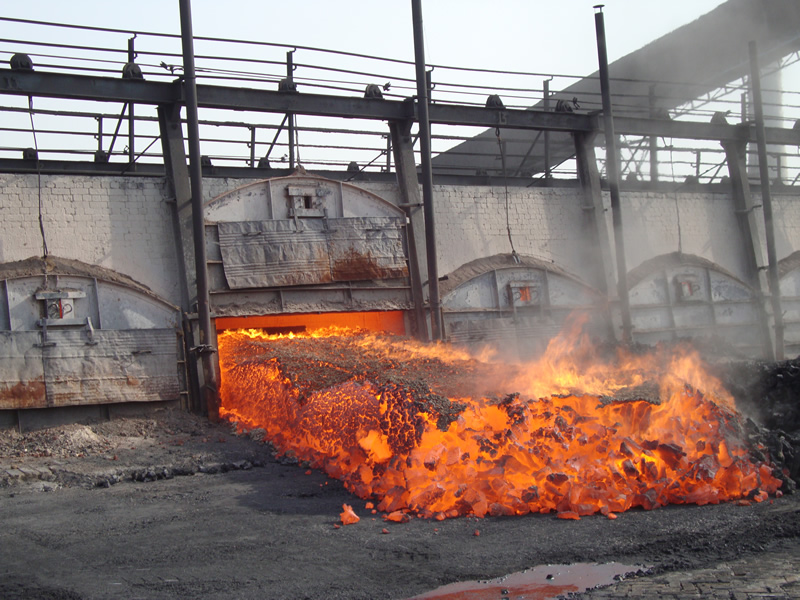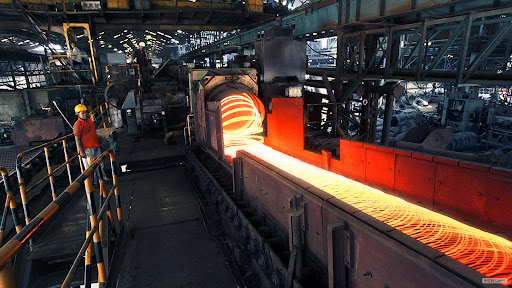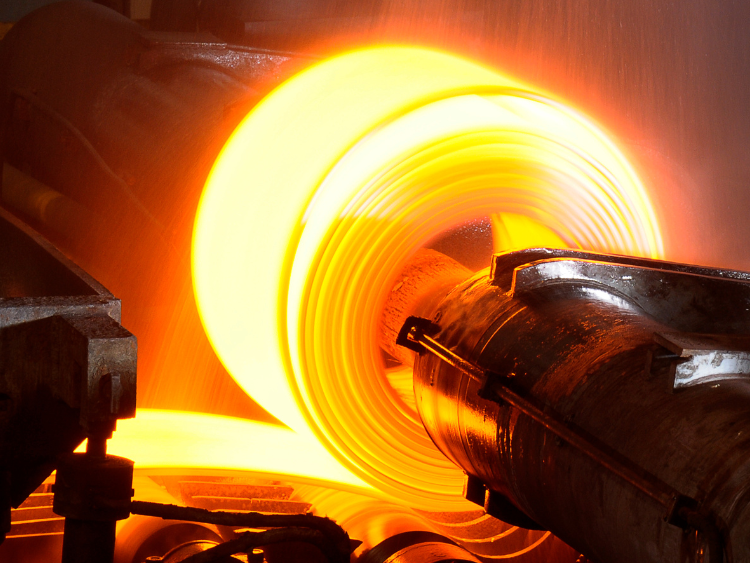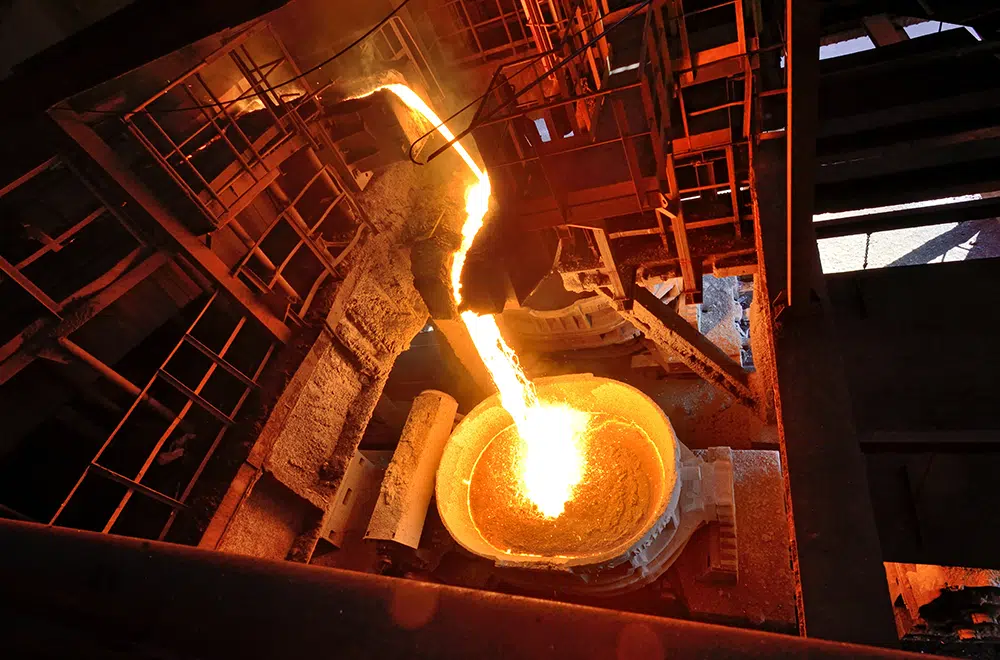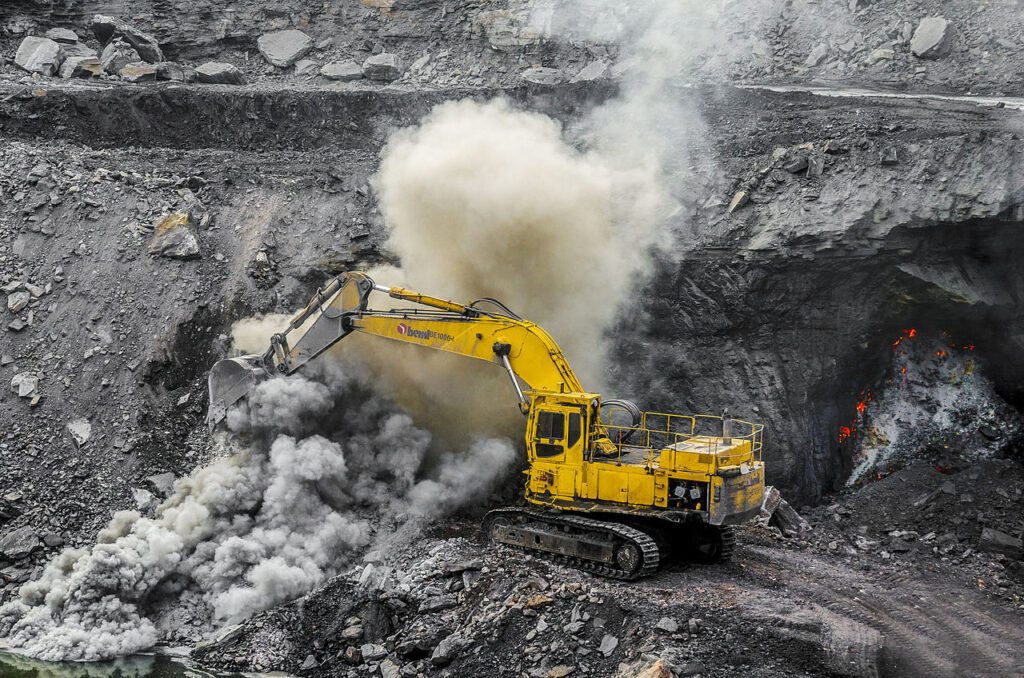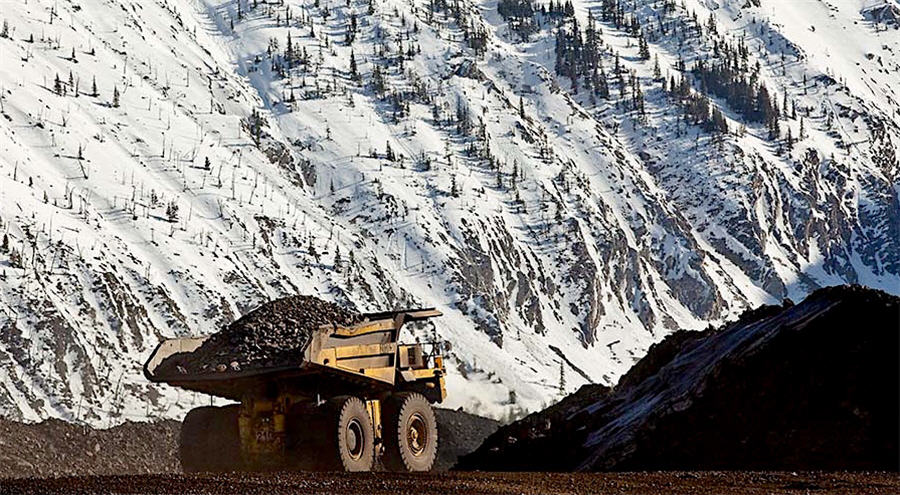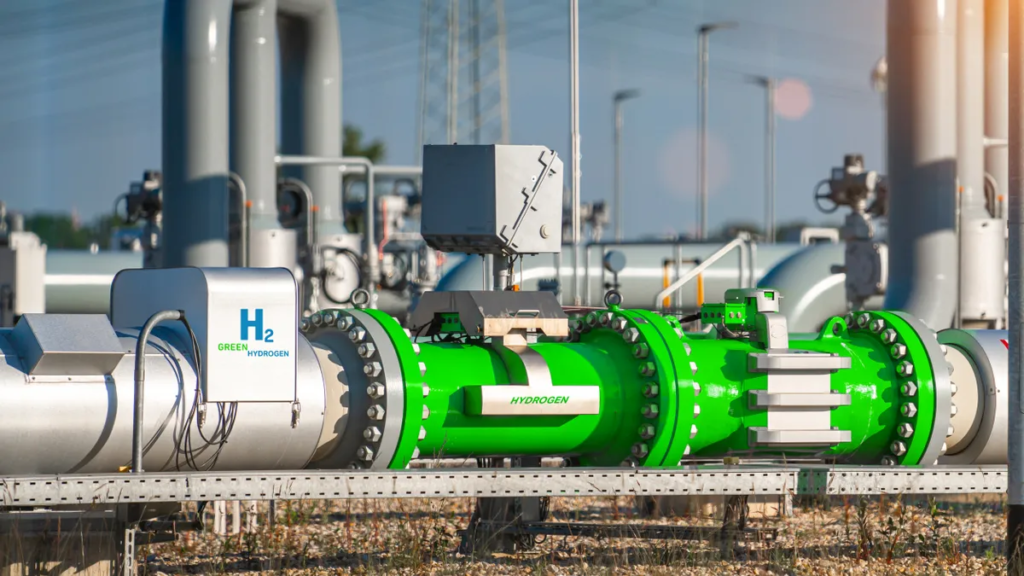Steel demand growth will continue in most regions in 2024 with global consumption rising by 20 million-30 million tonnes (mt) compared to 2023, supporting our neutral sector outlook, Fitch Ratings says. Demand growth is driven by buoyant Southeast Asian markets, a strong recovery in Turkiye and moderate growth in Europe, the US and Brazil. Chinese demand will decline slightly.
Demand in China, the world’s largest steel consumer and producer, is shifting away from the struggling property sector towards manufacturing and renewables. Although this means a small decline in volumes produced in China to just below 1 billion tonnes, product optimisation and lower raw material prices will help achieve higher average prices and margins for steelmakers.
India is the main growth market and we expect finished steel consumption in India to increase by 9% in the financial year ending March 2025 (FY25), to reach 146mt, following a 12% rise in FY24. Production capacity additions should be absorbed by this demand growth, maintaining robust margins. Although imports have increased, we do not expect import volumes to be a threat to domestic producers. If domestic prices and margins drop sharply due to an import surge, we expect the government to introduce tariff-related measures, as it did in early 2016.

We expect European steel demand to recover in 2024 following weak performance in 2023. Utilisation rates have been below 60% in 2023, according to CRU, after high interest rates took their toll on the construction sector, while geopolitical conflicts and high energy prices have resulted in weak economic growth. Improving demand will be supported by automotive, industrial production and infrastructure spending amid an easing of inflation and energy costs. Margins will also improve in 2024 from the trough of 2023 as cost pressures subside and production increases.
We expect North American steel demand to increase slightly in 2024 and new supply coming online to meet demand growth and continue to displace imports, as the US is a large net importer. US steel producers continue to pursue investments focused on expanding higher value-added production, which should improve profitability on a per-tonne basis. Although US prices will soften from previous years’ peaks, we expect them to remain above average levels.
A surge in flat steel imports to Brazil in 2023, particularly from China, has increased pressure on prices. Trade authority Camex re-imposed import levies of 9.6%-12.8% on 12 varieties of steel in October. Nevertheless, even with these tariffs, exports to Brazil remain attractive for Chinese producers compared to domestic prices, according to CRU. The Brazilian steel institute is asking the government to raise import tariffs to 25% on anti-dumping grounds. We expect price pressures to gradually ease, while growth in demand will be supported by Brazilian light vehicle production.

